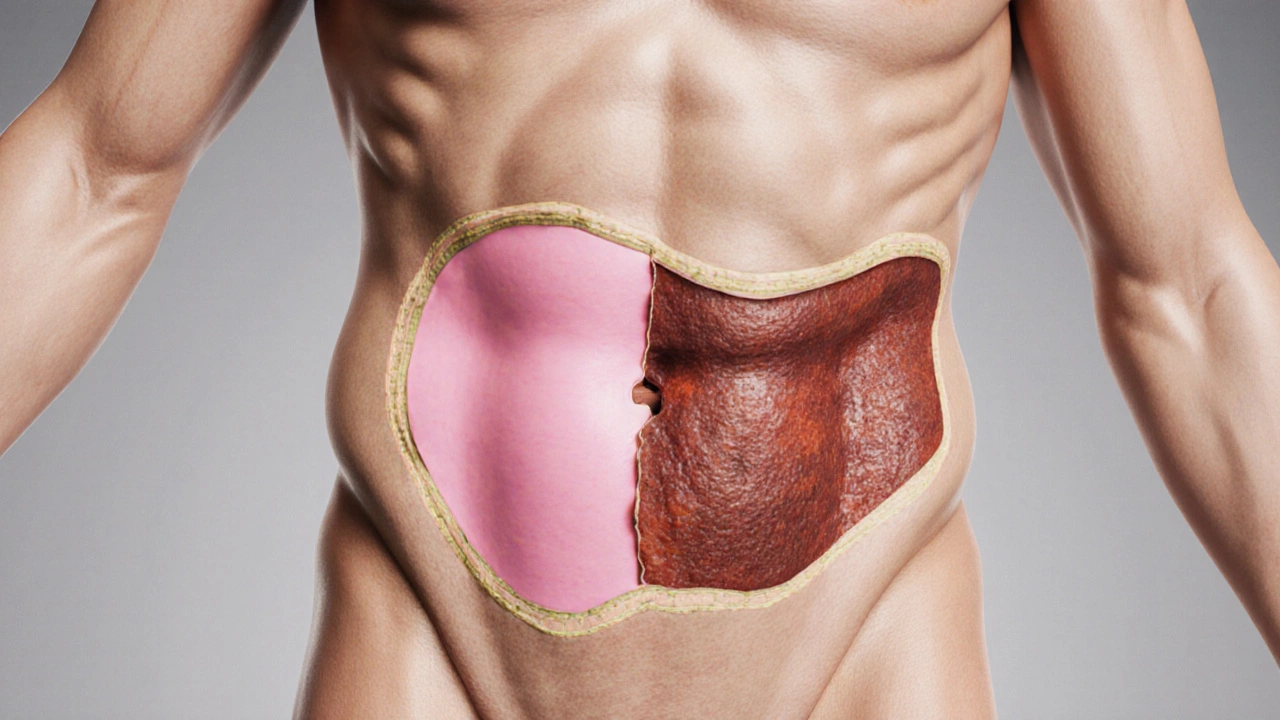
HIIT – High‑Intensity Interval Training
When you hear HIIT, High‑Intensity Interval Training, a method that flips between short bursts of all‑out effort and brief recovery periods, also called High‑Intensity Interval Workouts you instantly think of fast, sweaty sessions that melt calories. It’s a type of interval training, structured alternation of work and rest designed to push the body beyond its comfort zone and it sits right at the crossroads of cardio fitness, activities that raise heart rate and improve aerobic capacity and strength training, exercises that build muscle power and endurance. In short, HIIT combines cardio and strength, demands little equipment, and can be crammed into a 20‑minute slot – a perfect match for busy lives.
Why HIIT matters for every fitness goal
First, HIIT spikes your metabolism long after the session ends – the afterburn effect, or excess post‑exercise oxygen consumption, means you keep torching calories while you’re watching TV. That metabolic boost directly supports weight‑loss goals and improves insulin sensitivity, a key factor in preventing type 2 diabetes. Second, because the work intervals are short but maximal, you build both aerobic and anaerobic capacity, making everyday tasks like climbing stairs feel easier. Third, the intensity forces your heart to adapt quickly, so cardio fitness improves faster than with steady‑state jogging. Together, these benefits create a powerful triple: faster fat loss, stronger heart health, and better muscle endurance – all hallmarks of a well‑rounded fitness program.
Beyond health, HIIT slashes the time you need to see results. Compared with a traditional one‑hour steady‑state cardio session, a 20‑minute HIIT block can deliver similar or better cardiovascular gains. That’s why many of our readers juggling work, family or study find HIIT the only realistic way to stay in shape. You can pair it with a classic body‑part workout split – for example, doing a quick HIIT finisher after leg day – and you’ll keep muscle groups primed while still getting the cardio punch. This synergy shows why HIIT is often featured alongside topics like the "Best Body Part Workout Split" or the "5 5 5 Workout" in our collection.
Equipment‑wise, HIIT is forgiving. A set of dumbbells, a jump rope, or even just body weight are enough to craft a session. Beginners can start with a 30‑second sprint on the spot, followed by 60 seconds of walking, and repeat for eight rounds. More advanced athletes might add kettlebell swings, burpees, or box jumps to hit multiple muscle groups at once, turning the routine into a hybrid of strength training and cardio. Because the intervals are short, you’ll quickly learn how to control breathing, master proper form, and avoid the common injury pitfalls that long‑duration runs can bring. This practical approach aligns with our posts on "One Hour at the Gym Enough?" and "Gym Schedule: How Often Should You Really Work Out?", both of which stress quality over quantity.
All these angles – metabolic boost, time efficiency, equipment simplicity, and compatibility with other training styles – weave together the story that runs through our HIIT tag. Below you’ll discover articles covering everything from marathon recovery to the best age to start swimming, each offering a piece of the puzzle that makes high‑intensity interval training a versatile tool in any athlete’s toolbox. Dive in and see how the concepts connect to your own fitness journey.
